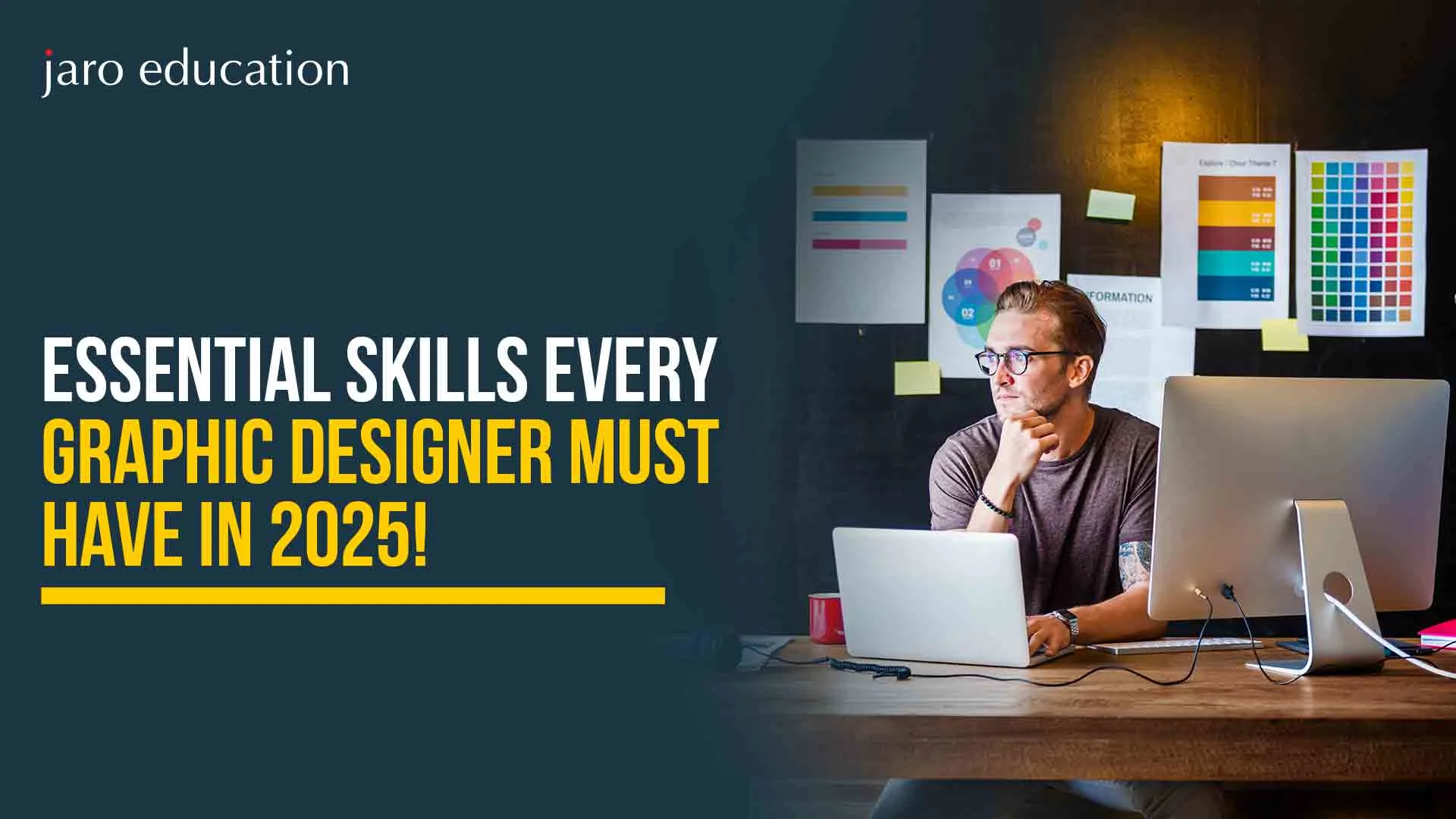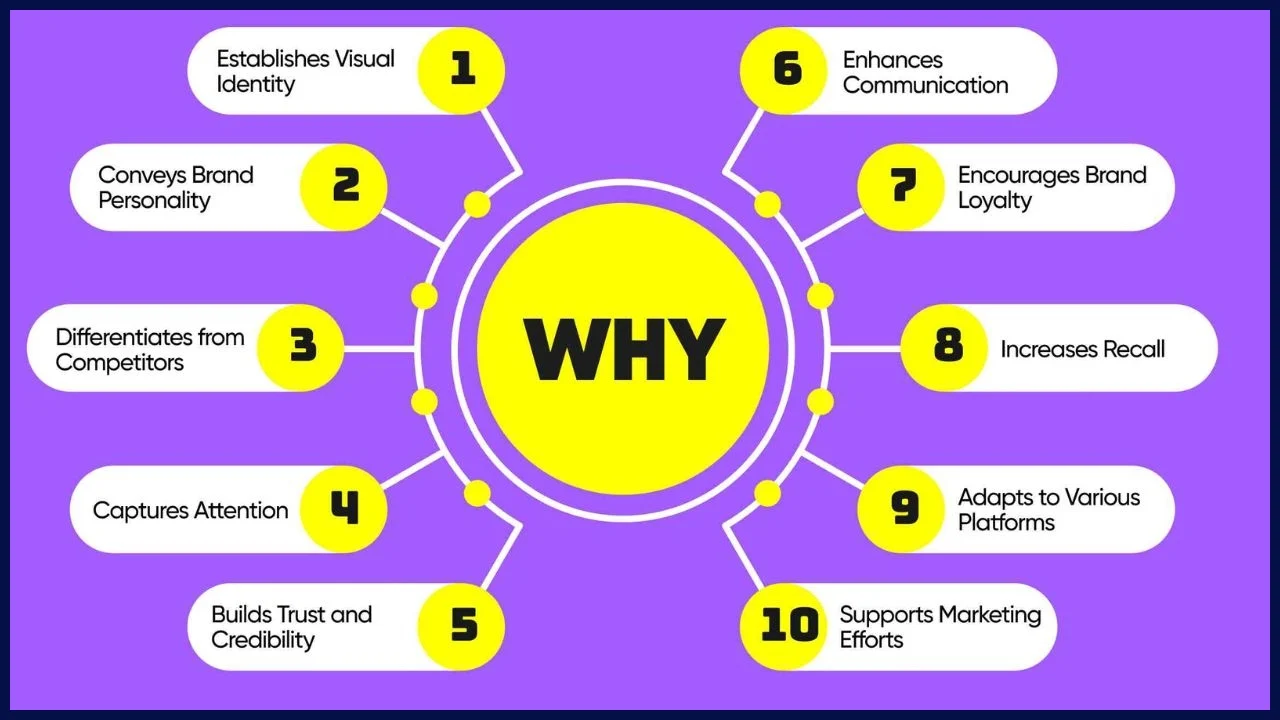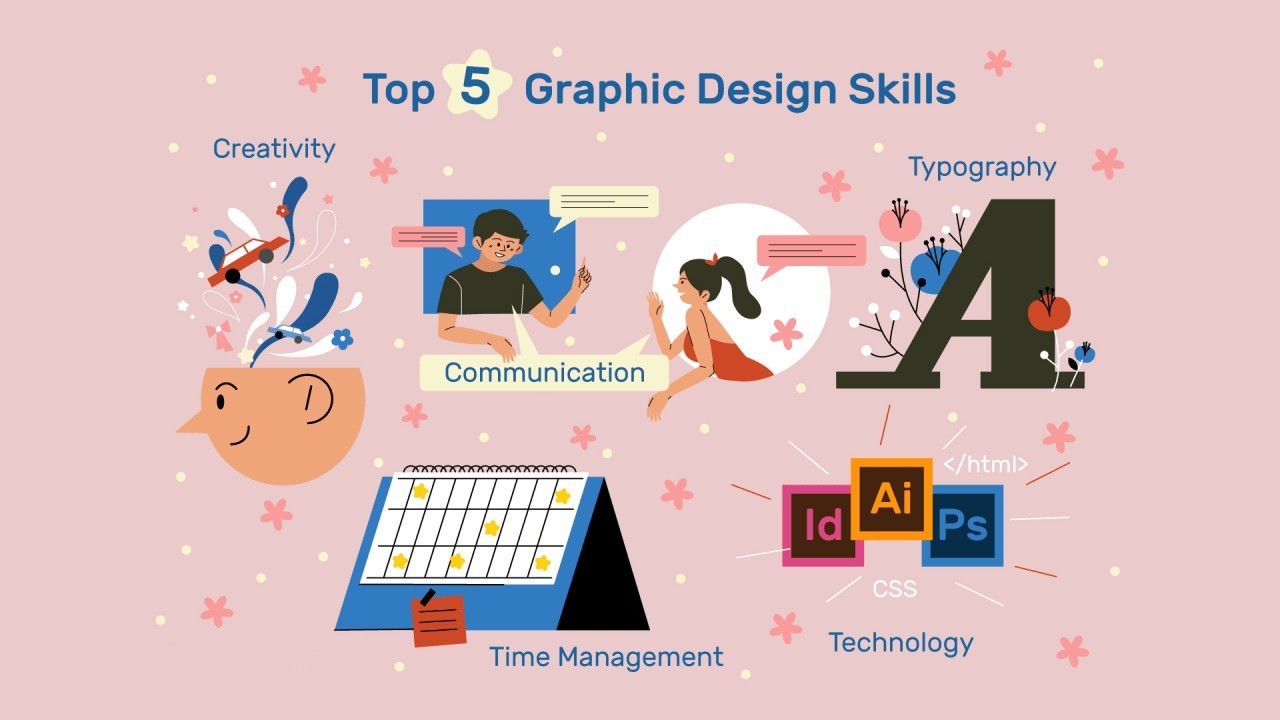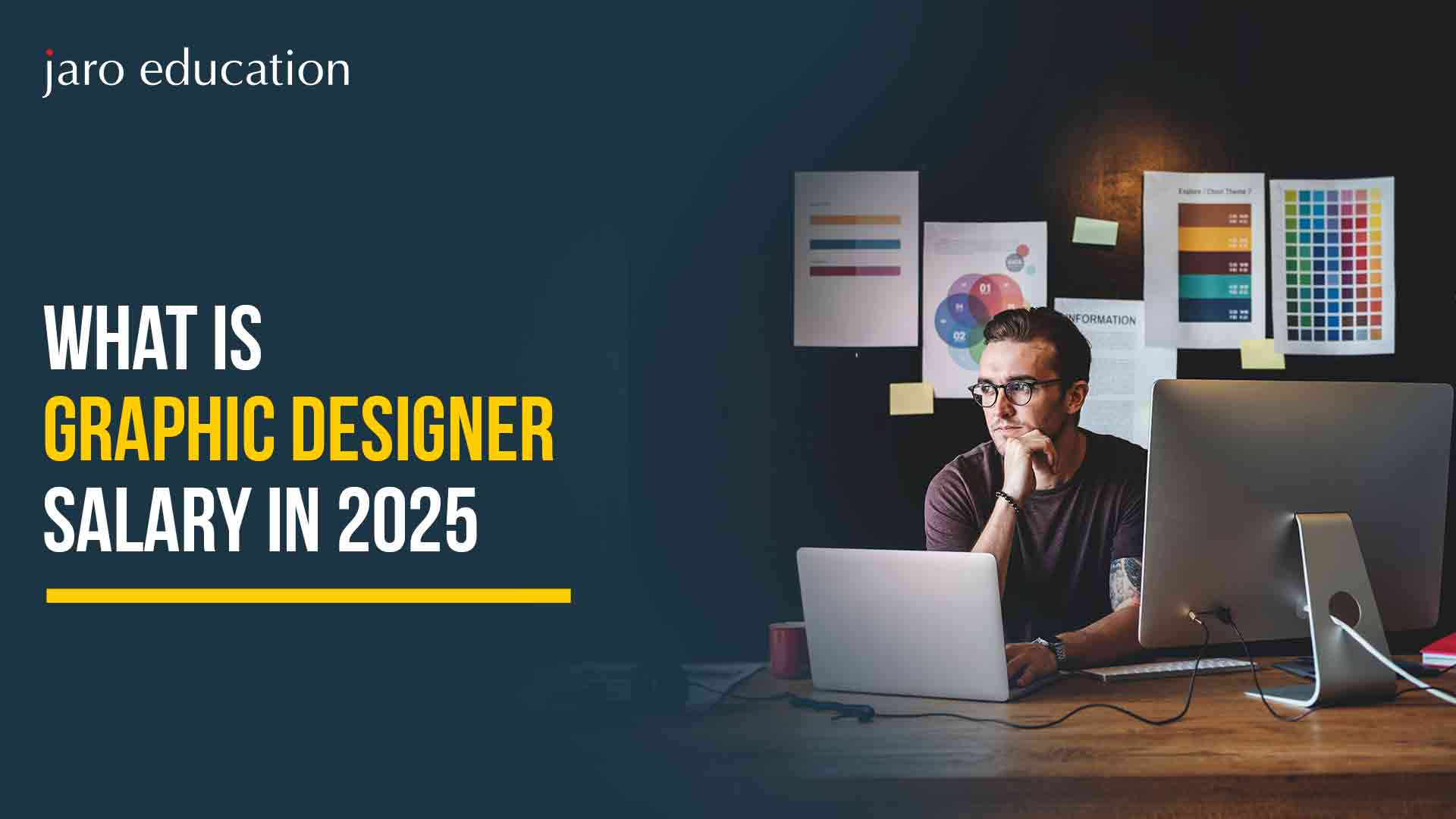Essential Skills Every Graphic Designer Must Have in 2025!
Table of Contents

The world of visual communication is constantly evolving. As we step into 2025, the role of a graphic designer is no longer limited to creating logos or flyers. From digital media to branding, from motion graphics to interactive interfaces, graphic design work now covers an expansive spectrum. With businesses investing heavily in design-driven strategies, the demand for professionals equipped with strong graphic design skills is at an all-time high.
In this article, we’ll explore the core graphic design skills you must master to thrive in this competitive field. We’ll also delve into how these skills align with industry trends and what graphic designer requirements skills are necessary to land high-paying roles across sectors in 2025.

*graphically.io
Why Graphic Design Still Matters in 2025?
Design is no longer an afterthought. Whether it’s user experience, visual storytelling, or branding consistency, companies are now investing in design as a central business asset. The rise of digital-first brands, mobile platforms, and immersive technologies means that the graphic designer’s work landscape is broader and more exciting than ever.
However, to stay relevant and competitive, professionals must upgrade their graphic design skills to match the pace of change. This includes both foundational artistic abilities and advanced digital proficiencies.
Evolution of Graphic Designer Work
Back in the day, a graphic designer’s toolkit included pencils, rulers, and paper. Fast forward to 2025, and graphic designers’ work revolves around digital ecosystems, artificial intelligence tools, AR/VR platforms, and cloud-based collaboration environments.
Today, companies expect designers to be:
- Cross-functional collaborators
- Data-driven creatives
- Tech-savvy professionals
- Fluent in both visual aesthetics and user psychology
This evolution demands a refined set of graphic design skills and a deeper understanding of what modern graphic design requirements look like.

*media.licdn.com
Top Graphic Design Skills Every Designer Must Master in 2025
Let’s break down the most essential graphic design skills that will define your success in 2025.
1. Visual Communication & Design Principles
Despite technological advances, the core of graphic design remains visual communication. Understanding the rules of design—including colour theory, composition, typography, and hierarchy—is fundamental.
- Balance, Contrast, and Alignment
- Whitespace and Grid Systems
- Typography Fundamentals
These principles are the cornerstone of all graphic designers’ work, whether digital ads, product packaging, or app UI.
2. Mastery of Design Software
No matter your niche, proficiency in industry-standard tools remains one of the non-negotiable requirements and skills for a graphic designer. The top tools include:
- Adobe Creative Cloud (Photoshop, Illustrator, InDesign, After Effects)
- Figma and Sketch for UI/UX design
- Procreate for digital illustration
- Blender and Cinema 4D for 3D rendering and motion graphics.
In 2025, AI-assisted design tools like Adobe Firefly, Canva AI, and Runway ML will also be core parts of your daily workflow.
3. UI/UX Design and Prototyping
The line between graphic design and product design continues to blur. Clients and employers now expect designers to create interfaces that are not only beautiful but also functional. This shift has made UI/UX a critical component of modern graphic design skills.
Key sub-skills include:
- Wireframing and prototyping
- Responsive design
- User research and testing
- Interaction design and animation
Understanding the user journey enhances graphic designers’ work and helps them deliver results that matter.
4. Motion Graphics and Animation
Static designs are becoming passé. In 2025, animation and motion graphics will be must-have graphic design skills for storytelling, advertising, and product experiences.
- Logo animations
- Explainer videos
- Microinteractions in apps
- Social media motion content
Tools like After Effects, Lottie, and Adobe Animate are vital. Motion elements can dramatically elevate the quality of a graphic designer’s work in the digital realm.
5. Brand Identity and Strategy
Designers must now think like brand strategists. Crafting a cohesive brand identity requires a holistic understanding of messaging, market positioning, and visual language.
Key components:
- Logo and brand marks
- Colour palettes and typography
- Design systems and style guides
- Brand storytelling
These skills form part of the advanced-level graphic designer requirements that companies prioritise when hiring or outsourcing design projects.
6. Typography Mastery
Typography isn’t just about picking a nice font—it’s a communication tool. The ability to select, customise, and create type is one of the most impactful graphic design skills.
In 2025, expect more brands to develop custom fonts, and designers will need to:
- Understand kerning, tracking, and leading
- Work with variable fonts and type hierarchies
- Use typography for accessibility and inclusivity
This attention to typographic detail significantly improves the quality of graphic designers’ work across media.
7. Digital Illustration and Vector Art
With the rise of personalised visuals, custom illustrations have become a valuable asset for businesses. Mastering digital drawing is now part of core graphic design skills.
Tools like Procreate, Adobe Fresco, and Illustrator allow designers to:
- Create character illustrations
- Design custom icons and infographics
- Enhance brand visuals with hand-drawn elements
These visual assets make designs stand out in a crowded digital marketplace.
8. Understanding of Design for Emerging Tech
From AR experiences to metaverse branding, graphic designers’ work is now tech-integrated. Designers need to visualise and adapt their creations for:
- Augmented Reality (AR)
- Virtual Reality (VR)
- Voice Interfaces
- Smartwatches and wearables
Being tech-forward is a critical part of future-ready graphic design skills.
9. Data Visualisation and Infographics
As information becomes more complex, designers must simplify and present it. Data visualisation has emerged as one of the most powerful graphic design skills for marketers, analysts, and thought leaders.
Skills include:
- Creating charts and diagrams
- Designing dashboards
- Infographic storytelling
Clear visual data helps decision-makers and enhances brand credibility.
10. Collaboration and Communication
Today’s graphic designer’s work doesn’t happen in a vacuum. Whether it’s working with developers, content creators, or marketing teams, collaboration is essential.
You’ll need to:
- Present ideas clearly
- Incorporate feedback
- Use tools like Slack, Notion, Trello, and Asana
Strong communication is a top-tier graphic designer requirement that elevates your role from executor to creative partner.
Emerging Trends That Will Influence Graphic Design Skills in 2025
To stay competitive in the ever-evolving design industry, it’s crucial to understand the emerging trends shaping graphic designers’ work in 2025. These trends are not just stylistic—they’re transformative forces that influence how designers think, create, and collaborate.
1. Artificial Intelligence (AI) and Generative Design
AI is no longer a threat to designers—it’s a tool to supercharge creativity. AI can generate layouts, colour palettes, and even suggest design improvements. Tools like Adobe Firefly and Canva’s Magic Design use AI to streamline processes.
But here’s the catch: designers who master these tools while maintaining strong graphic design skills will lead the next wave of innovation. Understanding how to integrate AI outputs into brand systems or marketing campaigns is quickly becoming part of advanced graphic designers’ skills.
2. Sustainability and Eco-Conscious Design
Today’s consumers demand ethical branding. Designers are now expected to apply eco-conscious thinking to their work. This might include:
- Choosing sustainable print materials
- Designing with minimalism to reduce data load
- Creating campaigns around environmental themes
This broader vision is redefining the purpose and social responsibility in graphic design work.
3. Accessibility and Inclusive Design
In 2025, accessible design is not optional—it’s mandatory. You must learn to design for:
- Colour-blind users
- Visually impaired readers (alt text, contrast, legibility)
- Neurodivergent users (layout clarity, animation control)
Accessibility is now a critical part of graphic designers’ requirements, especially for government projects, education, and large-scale tech products.
4. Mobile-First and Cross-Platform Thinking
Smartphones, tablets, watches—today’s designs must function across all screens. Designers are now responsible for making sure their visual elements scale and maintain impact.
You’ll need to develop graphic design skills in:
- Designing flexible, modular layouts
- Using Scalable Vector Graphics (SVGs)
- Testing UI responsiveness across devices
Mastering this makes your graphic designer work significantly more valuable to employers.
5. DesignOps and Workflow Automation
DesignOps is the operations mindset applied to design. It includes workflow optimisation, design systems management, and tool integration.
Proficiency in design automation (e.g., reusable components in Figma or shared asset libraries) is now part of essential graphic design skills in large organisations.
Soft Skills That Enhance Graphic Design Skills
Technical proficiency isn’t enough. To excel in graphic design work, you need soft skills that make you an excellent collaborator, problem-solver, and strategic thinker.
1. Creativity and Critical Thinking
Designers are not just visual creators; they’re problem solvers. Whether you’re building a brand identity or designing a landing page, you must ask:
- What’s the user’s goal?
- What emotions are we trying to evoke?
- What’s the best format or medium for this message?
This blend of artistry and analytical thinking is central to professional graphic design skills.
2. Time and Project Management
In fast-paced environments, you’ll juggle multiple deliverables. Being organised—using Gantt charts, task boards, and timelines—is key to handling the demands of modern graphic designer work.
3. Presentation and Storytelling
You must be able to pitch your ideas—visually and verbally. Presenting concepts to clients or internal teams is now a vital part of graphic designers’ skills.
Use Cases: Where Graphic Design Skills Shine in 2025
Let’s look at real-world scenarios where strong graphic design skills lead to success in 2025.
Social Media Branding
Short-form content and visual identity across Instagram, TikTok, and LinkedIn are now core to business success. Your role as a designer is to make brands memorable in milliseconds.
Web3 and NFT Projects
Designing digital art for NFTs, gamified platforms, and Web3 interfaces demands futuristic aesthetics and strong adaptability. Blockchain-based branding is a major arena for advanced graphic design work.
Educational Content and E-Learning Platforms
From explainer videos to interactive slide decks, education is a booming field for designers. Illustrating complex ideas is one of the most valuable graphic design skills in this space.
Health and Wellness Industry
Designing user-friendly healthcare apps, wearable interfaces, and mental health content requires sensitive yet modern visual storytelling.
Fintech and Data Dashboards
Making finance accessible through visual clarity is no easy task. Designers must work closely with product teams to translate complex data into user-friendly dashboards.
How to Build and Sharpen Graphic Design Skills in 2025?
Whether you’re a beginner or a seasoned designer, here’s a step-by-step strategy to upgrade your graphic design skills:
Step 1: Learn Design Fundamentals
Never skip the basics. Study:
- Composition and layout
- Typography and hierarchy
- Colour theory and contrast
These principles are the root of all graphic design work.
Step 2: Master Key Tools
Start with the Adobe Creative Suite and branch into:
- Figma for prototyping
- Procreate for illustration
- Notion for creative planning
Experiment across platforms. Mastery of tools is a vital graphic designers in every job description.
Step 3: Build a Personal Brand
Create your website. Share your process on LinkedIn or Behance. Engage in design communities like Dribbble, Reddit, and Discord. Your visibility directly impacts career opportunities.
Step 4: Work on Real Projects
Offer services to startups, nonprofits, or personal contacts. The more you design, the sharper your graphic design skills become.
Step 5: Stay Updated with Trends
Subscribe to design newsletters. Follow thought leaders. Attend virtual design conferences. Adapt your style regularly to reflect contemporary aesthetics.
Step 6: Request Feedback and Iterate
Share work publicly. Embrace critique. Design is an iterative process, and openness to feedback is a key ingredient of excellent graphic design work.
Conclusion
The creative industry is evolving rapidly, and the designers who succeed in 2025 will be those who combine artistic vision with digital fluency, empathy, and strategic thinking.
In summary:
- Graphic design skills are no longer optional—they are critical to business communication, branding, and innovation.
- The spectrum of graphic designer work spans from static visuals to immersive digital experiences.
- Meeting graphic designer requirements now means being a creative technologist, strategist, and storyteller.
As the visual landscape grows increasingly competitive, those who continue learning, adapting, and experimenting will lead the future of design.
Frequently Asked Questions
What are the best certifications for graphic designers in 2025?
In 2025, certifications that validate your proficiency with modern tools and techniques can significantly boost your credibility. Recommended certifications include Adobe Certified Professional (ACP), Google UX Design Certificate, and Coursera’s Graphic Design Specialisation. These can complement your graphic design skills and help you stand out in competitive markets.
How can graphic designers protect their creative work legally?
To protect your designs, consider copyrighting your work or using licenses like Creative Commons for public sharing. Also, watermarking visuals, including terms in freelance contracts, and using design platforms that log timestamps can help ensure your graphic designer’s work is legally protected.
What types of internships provide the best hands-on experience for aspiring designers?
Look for internships with digital agencies, branding firms, or tech startups that allow you to work on real client projects. Exposure to campaign execution, collaborative brainstorming, and feedback from senior designers helps develop practical graphic design skills beyond the classroom.
How does a graphic designer’s portfolio differ in 2025 compared to previous years?
Modern portfolios are now interactive, mobile-friendly, and include detailed case studies showing your problem-solving approach. In 2025, portfolios that highlight your graphic designer requirements skills through storytelling and UX-friendly presentation are favoured by recruiters and clients alike.
What are the common mistakes new graphic designers should avoid in 2025?
Common pitfalls include over-designing, neglecting accessibility, ignoring design briefs, and undervaluing soft skills like communication. Failing to update your skills with emerging trends or overlooking mobile responsiveness can limit your opportunities in a rapidly evolving graphic design work environment.
Recent Blogs
It seems we can't find what you're looking for.















